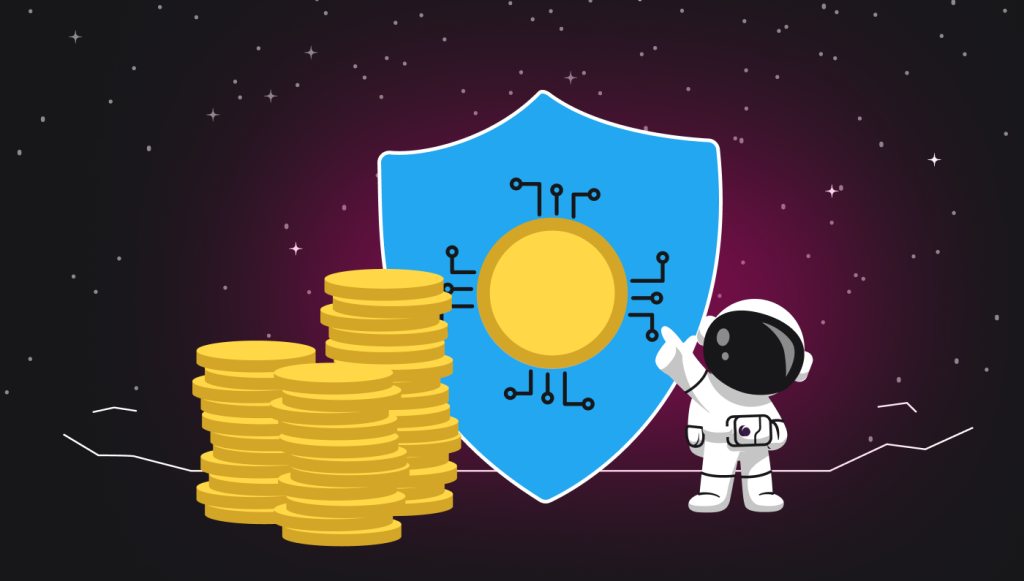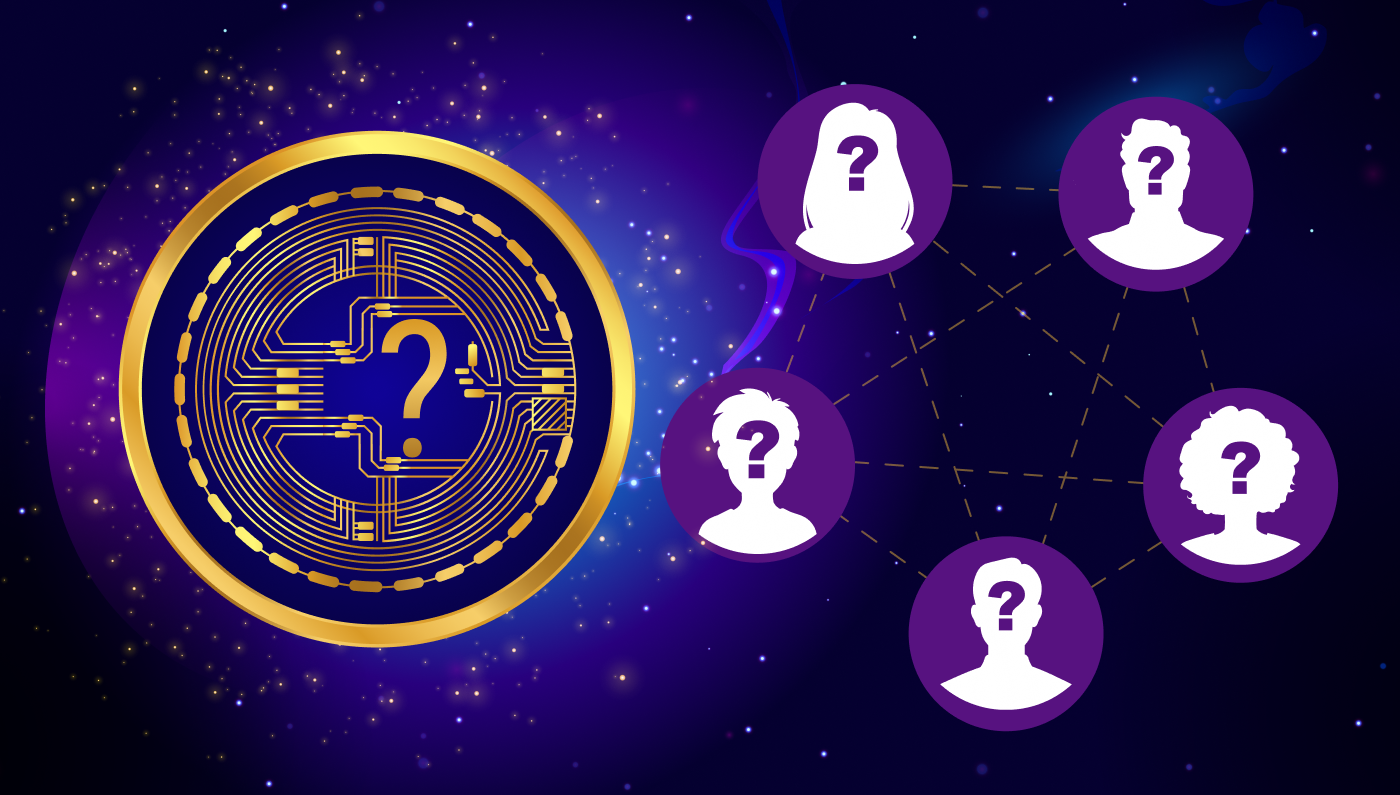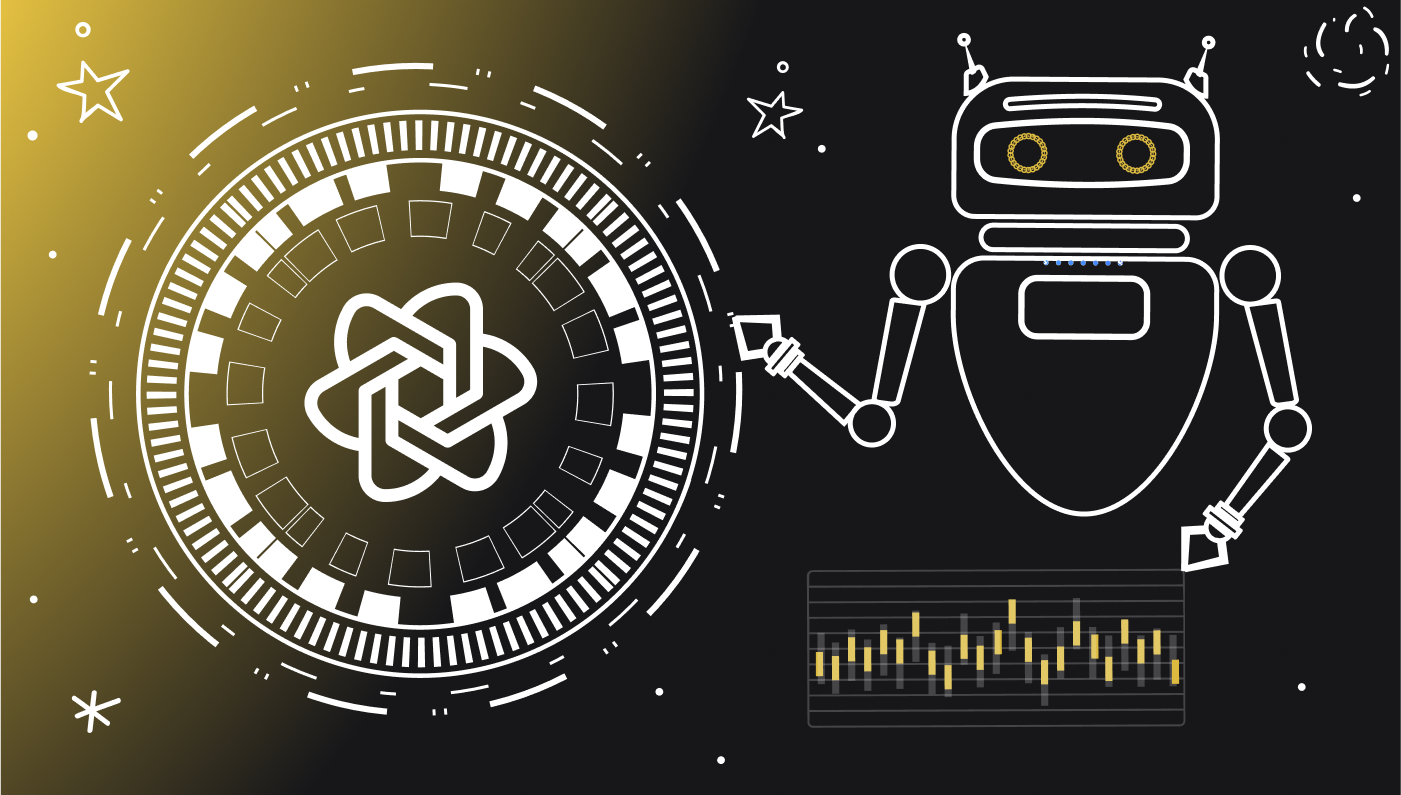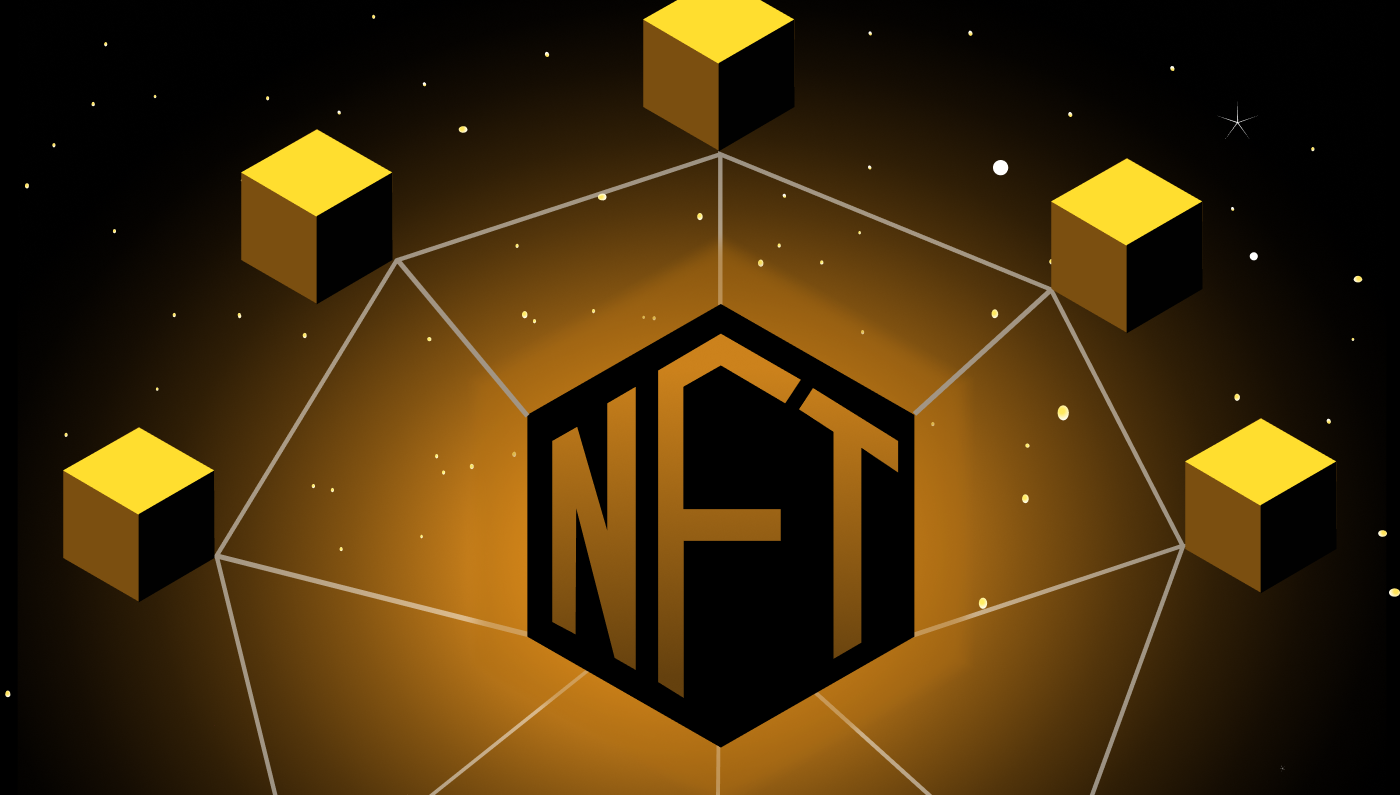

Stablecoins Demystified: The Role of Stable Digital Assets in Crypto
When stablecoins first emerged, they changed the crypto landscape dramatically. These digital currencies, which are pegged to real-world assets have been able to combat exceptional crypto market volatility and inject a level of stability into the unpredictable crypto market. As crypto ecosystems expand and gain prominence, an understanding of stablecoins and how they function within the digital currency arena has become increasingly important.
What are Stablecoins?
Stablecoins are a special type of cryptocurrency that is able to maintain its value even when the crypto market is fluctuating wildly. They achieve this by being pegged to a stable, liquid, traditional asset, such as gold, the US dollar, or the euro. While other types of cryptocurrencies are vulnerable to crypto market volatility, stablecoins, as the name highlights, provide a more reliable store of value.
The way it works is that the digital asset is collateralized. In other words, for every stablecoin in circulation, the equivalent amount, or more, of the traditional asset, such as gold or USD, is held in reserve by the issuing entity. Through collateralization, the stablecoin can maintain the same value as the asset to which it is tied.
3 Main Categories of Stablecoins
There are three primary types of stablecoin, each of which maintains price stability in a different way.
Fiat-Collateralized Stablecoins
Fiat-collateralized stablecoins such as Tether (USDT) and USD Coin (USDC) are pegged to liquid, popular traditional fiat currencies like the euro or USD, which are held in reserve.
Crypto-Collateralized Stablecoins
Crypto-collateralized stablecoins like Dai (DAI) and Neutrino USD (USDN) are backed by other cryptocurrencies, which are generally held in a blockchain smart contract.
Algorithmic Stablecoins
Algorithmic stablecoins such as TerraUSD (UST) and Basis Cash (BAC) are not collateralized, but instead use smart contracts to ensure price stability is maintained.

How Do Algorithmic Stablecoins Work?
The principle underpinning algorithmic stablecoins is that they offer the best of both worlds. They provide the reliability of centralized fiat currencies, combined with the versatility and codability of decentralized cryptocurrency to increase capital efficiency.
As the name suggests, algorithmic stablecoins use algorithms to manage supply and demand,
keeping prices close to pegged levels. They hold the promise of a monetary policy with greater efficiency and transparency than fiat currencies can offer. This is achieved through the use of smart contracts which stabilize the value.
Many crypto enthusiasts prefer algorithmic stablecoins to other types of pegged currencies, as they remain completely decentralized within the stablecoin market, without relinquishing control to a centralized authority.
Yet, there are some potential problems to consider. Since they use smart contracts, they are vulnerable to bugs, re-entry attacks and market manipulation, all of which can upset the supply and demand balance.
Key Benefits of Pegged Cryptocurrencies
Pegged cryptocurrencies like Tether (USDT), or USD Coin (USDC) provide a series of advantages for crypto investors. Of course, the primary benefit is their stable value which makes them a great long-term investment.

Stablecoins are also a far less risky proposition than other, more volatile types of cryptocurrencies. As a result, during periods of high crypto market uncertainty, stablecoins provide a useful means for investors to protect the value of their capital.
Also, stablecoins can act as a bridge, linking traditional and digital currencies. By allowing for simpler conversions between fiat and crypto, stablecoins can boost liquidity and improve the smooth functioning of the crypto market. Meanwhile, they retain the advantages of decentralization, such as cost efficiency and speed, by bypassing slow and costly bank processes and enabling faster cross-border payments.
Finally, stablecoins are exceptionally versatile and can be used in a range of different ways within the broader world of decentralized finance, facilitating multiple types of trading activity, lending, borrowing, and more.
The Drawbacks of Stablecoins
As we can see, the benefits of stablecoins are undeniable, however there are some challenges presented by this unique asset class that have to be taken into consideration.
One of the main issues is that they are often issued by centralized entities, which can be perceived as compromising the mission of decentralization driving the cryptocurrency ecosystem.
In addition, there is the element of risk relating to the trustworthiness and reliability of the issuing entity. Do they hold the full equivalent amount to the crypto tokens in reserve and how transparent is their backing mechanism?
The critical need for greater regulatory oversight and tough risk management measures to safeguard the security and reliability of stablecoin investment was underscored by the 2022 crash of Terra (UST stablecoin), which wiped out $20 billion overnight.
Crypto Trading Stability and the AiStakes App
At AiStakes, we appreciate the critical role that stablecoins such as Tether (USDT) and USD Coin (USDC) play and our EU licensed AI-based trading app, has added this increasingly popular asset class to its growing portfolio.

In addition to mitigating crypto risk with a diverse trading portfolio that includes stocks, commodities, indices, bonds, forex and crypto, AiStakes leverages stablecoin stability to trade crypto more securely and reliably. AiStakes further mitigates exposure with hedging, caps on trade size, stops, limits, strict compliance with regulatory compliance, 24/7 monitoring human risk management teams, and the maintenance of a reserve fund. The fund covers client balances in the case of platform failures or unforeseen market events.
AiStakes’s next-generation machine-learning AI continues to improve its capacity to reduce risk and accurately predict market trajectories as it performs more trades and processes more data. The AI bot tracks prices on hundreds of assets 24/7, executing trades across a wide selection of digital assets, including stablecoins.
In contrast to manual trading, at AiStakes, our deep-learning algorithms do it all for you, requiring no programming, strategizing, analysis or monitoring. The AiStakes bot analyzes mountains of data, processing up-to-the-minute market information from a diverse array of sources to make smart, informed trading choices that have resulted in a trade success rate averaging 80% and have consistently generated industry-high profits.
As we have seen, stablecoins are a valuable, stabilizing addition to the crypto arena which bring liquidity and reliability to an otherwise volatile market. Through the integration of stablecoins into our AI’s portfolio, we are further diversifying the crypto trading opportunities that the app can exploit on behalf of traders.
To learn more about AiStakes, artificial intelligence in trading, the world of cryptocurrencies and the blockchain, as well as a range of topics relating to traditional finance, check out the AiStakes blog!









